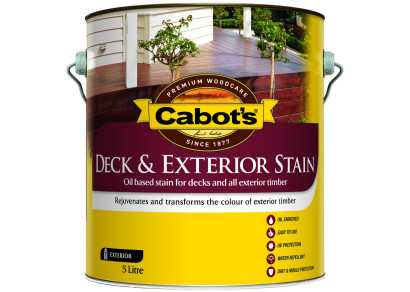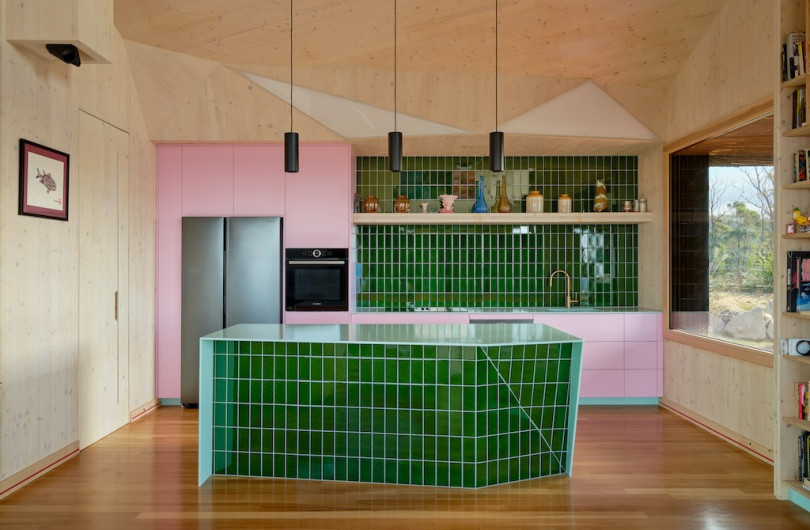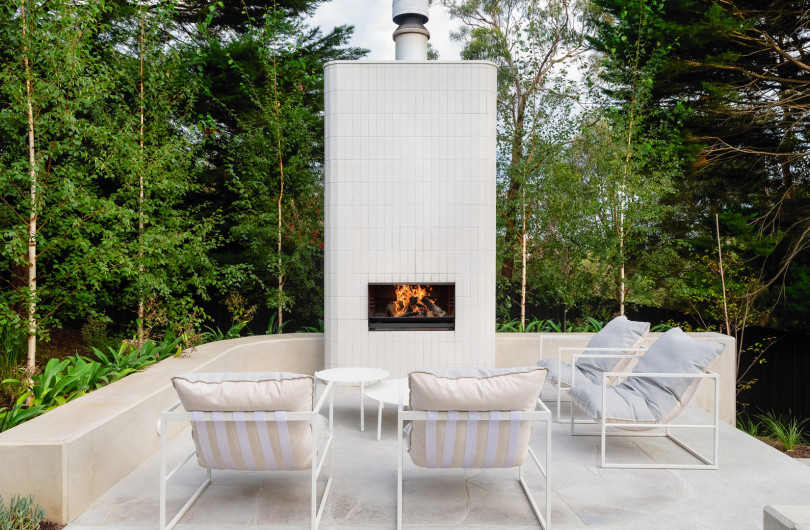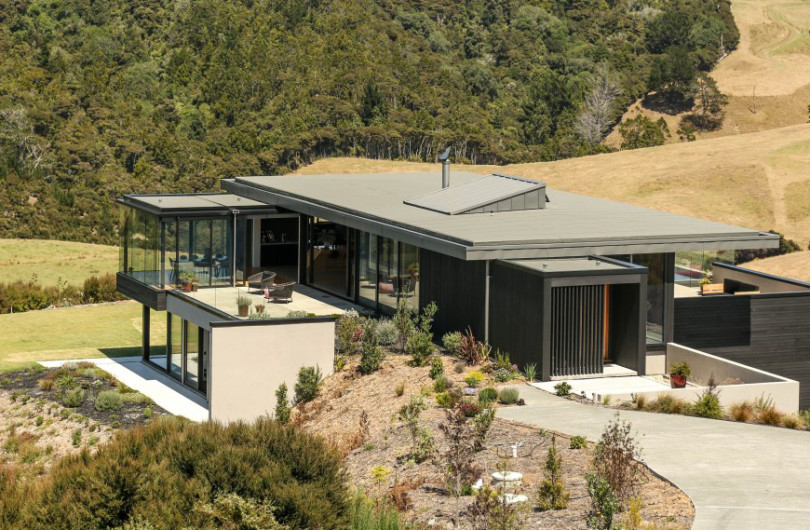Over the last few years I’ve had the opportunity to observe a few new buildings go up in downtown Wellington — including two multi-storey apartment buildings near my residence in the central city. One, made of concrete poured insitu, is into its fourth year of continuous construction and is finally nearing completion. The other, made of steel, is also nearing completion but is only in year two. It is obviously a far faster method of construction, and naturally better in so many ways. Both are similar heights, both are (sadly) fairly ugly, but there is no doubt that building using steel construction is a completely superior method of construction in terms of saving time, and thereby, surely money also. I checked my calendar just to make sure I had my facts straight — and yes, the concrete one started back in 2019, with an endless round of piling for months on end, and apart from a month of blissful silence from the building site during the Covid lock down, it has been happening on site ever since.
Just why is steel construction so much faster? Well, it is the same reason that it is also so much cleaner and simpler on site — because most of the hard work is done off-site. A factory way off in a distant suburb provides the perfect place to create steelwork, with cleats and brackets welded safely in place while the column is lying down. Bolt holes are accurately cut to laser-tight tolerances and water jets cut out the holes and shapes so that the whole construction will fit together with the most minimal amount of fiddling around on site. Steel columns three storeys high arrive at the busy inner-city urban site on the back of a truck and are lifted instantly into place by the tower crane. Within hours, a loose framework of steel beams has been stitched together on the steel column skeleton, and the entire bay is complete. What takes a matter of weeks and many semi-skilled labourers and shovel hands on a concrete building, is completed in just a few hours on the steel building by just three people — the crane driver and two steel hands working off endlessly beeping scissor lifts. Two more deliveries of steel that week, and an entire three storey segment of this steel building is ready to go to the next stage — one that literally takes months to achieve on a concrete frame.
The next phase on a steel building is of course a little more fiddly, but is also equally speedy. Lightweight steel gauge decking is installed quickly across the entire floor. A palette load of steel decking arrives, lifted up into place by the trusty tower crane, and within hours the entire floor is laid out. I looked out my window and marvelled at the skill of the two steel erectors who carefully cut slots into the metal decking as they went, so that the flooring could fit effortlessly around the web and flanges of the larger section columns. A simple edge system was fixed quickly in place, with just a couple of rivets holding it in place, and the whole floor was then ready for installation of mesh and other reinforcing. My favourite part though was of course the heroic iron man figure of the steel shear stud welder, who with a quick blast of carefully controlled lightning, burns a hole through the decking and with a jolt and FzzzZTTT of electricity, welds a stud clean through the decking and into the large steel beam below. These guys are amazing, performing a pirouette dance connected by their dangling safety harness so that safely and quickly, the entire steel structure is effortlessly stitched together. The following day they are working on the floor above, while nearby the concrete pour on the recently created floor is going ahead.
There is of course a third method of large-scale construction that I should be comparing here — timber — but as yet we have not had a multi-storey engineered timber apartment building constructed in Wellington, although I hope that day will come soon. So the full comparison over the time factor has not yet been possible to compete, and cost equations are still to be done to find out whether a two year steel building is extraordinarily cheaper than a four year concrete tower, but I think that even my rudimentary calculations can work out the probable answer on that one.
The big questions that we have not yet factored into the equation are the trickiest ones of all — is steel sustainable? Is it more sustainable than concrete? Is timber more sustainable than either concrete or steel? Of the three big materials, it is easy enough to note that concrete performs the worst in terms of recyclability as well as taking intense amounts of CO2 to manufacture. Steel is infinitely recyclable, and will be even better to recycle in a few years time when the Glenbrook steel mill has been upgraded to salvage and process our scrap. Timber is best for sequestering carbon, but exactly how and where it is recycled into other buildings is a lot more difficult to give a straight answer to. Coming soon, revised MBIE regulations will require architects to be able to submit carbon equations alongside their building consents, so these are issues that we all need to be able to discuss freely and openly.
Medium Quick-Fire Quiz — Be in to Win!
This month's Medium Quick-Fire Quiz is sponsored by Steel & Tube. Enter the draw to win a $150 gift card! Simply answer our questions to enter the draw — entries close 5pm Wednesday 6 September 2023.




























 Most Popular
Most Popular Popular Products
Popular Products



